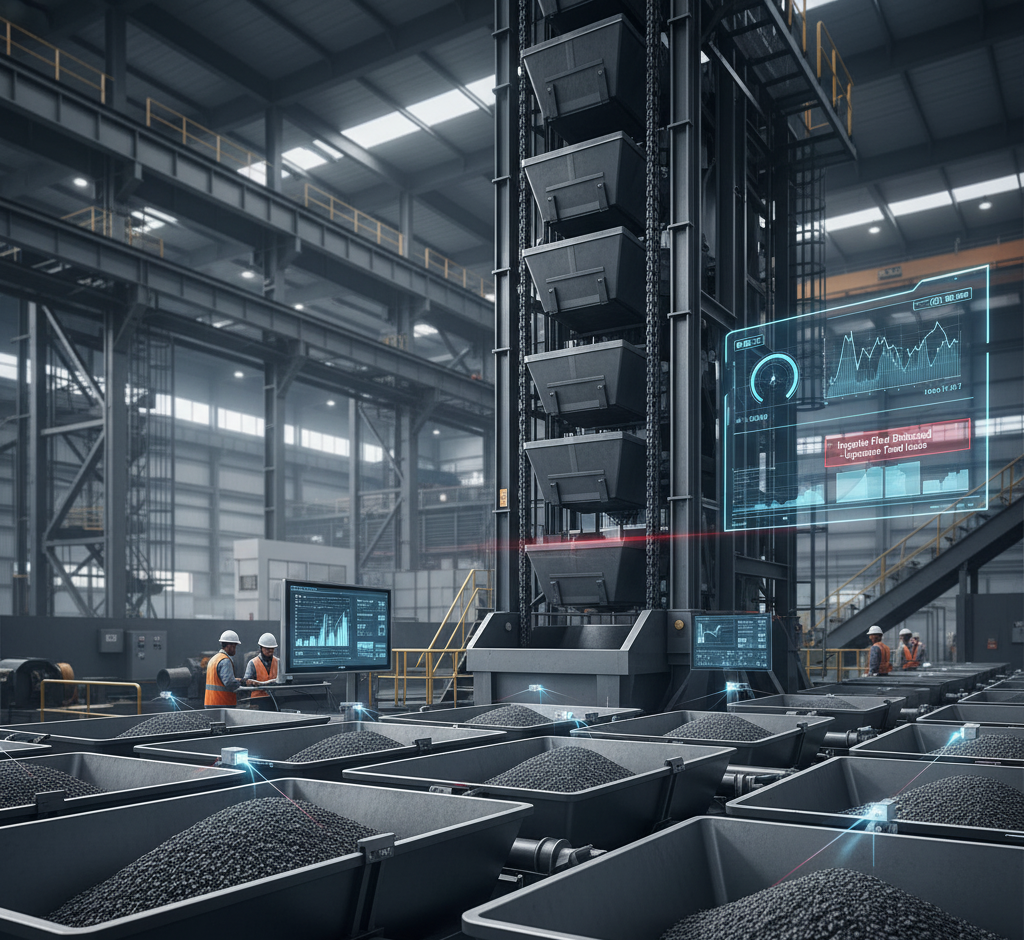Performance Benefits & ROI
Investing in this intelligent monitoring suite delivers tangible returns by improving reliability and reducing both direct and hidden costs of maintenance. Here are some of the key benefits and ROI drivers our clients experience:
Reduced Unplanned Downtime:
By predicting failures and allowing timely intervention, the system dramatically cuts surprise breakdowns. Unplanned stoppages will drop by around 70%, converting into thousands of hours of extra uptime. In practical terms, sensors that detect conditions like misalignment or overload early to let you schedule repairs during planned outages instead of suffering a sudden 12-hour line crash. For industries like cement, mining or steel where a single conveyor outage can halt an entire production line, this predictive capability is game-changing. In fact, targeting nearly 80% reductions in downtime after implementing AI-based predictive maintenance on conveyors.

Lower Maintenance and Repair Costs
Early fault detection not only prevents catastrophic damage but also reduces secondary wear and tear. Maintenance becomes more efficient – you fix issues when they’re minor (e.g. replace a bearing showing vibration signs) rather than after a major failure destroys adjacent components.
This translates to significant cost savings on parts and labour. Guaranteed total maintenance cost reductions exceeding 60% after deploying such a system, largely by avoiding emergency repair bills and optimizing the use of consumables.
Avoiding a single major failure can save tens of thousands in repair costs. For example, preventing a belt “crash” (a sudden belt break and spillage in a bucket elevator) not only averts the expense of a new belt and cleanup, but also the labour and equipment needed for a rushed rebuild.
Extended Equipment Life
When machinery is continuously monitored and kept within healthy operating conditions, its lifespan naturally increases.
Components like belts, chains, bearings, and gearboxes last longer because incipient problems (misalignment, improper tension, lubrication issues) are corrected early.
Our system’s ability to manage optimal belt tension and tracking alone can extend belt and chain life by on the order of 50% longer, delaying expensive replacements.
Over the fleet of equipment, such lifespan gains significantly lower capital expenditure and spare inventory costs.


Higher Throughput & Energy Efficiency:
Reliable equipment runs closer to peak performance. By preventing issues like belt slip, motor overload, or plugged chutes, the system ensures conveyors and elevators operate at their intended throughput without slowdowns.
Consistent material flow and correct belt alignment also mean less wasted energy – motors aren’t fighting friction or dragging misfed material. Many users realize energy savings (and associated cost reduction) on the order of 10–30% because the AI can detect inefficiencies (for instance, alerting if a conveyor is running empty or a drive is drawing excess power due to a developing fault).
Additionally, avoiding starts and stops from breakdowns keeps the process flow smooth, which in processes like cement or power generation can improve overall process efficiency and product quality.
Improved Safety & Compliance:
Though harder to quantify, the safety benefits are paramount. Early warnings of hazardous situations – from overheated bearings (fire risk) to high dust levels or a failed safety switch – mean the maintenance team can act before an accident occurs.
This reduces the likelihood of workplace injuries and environmental incidents, which can have enormous financial and regulatory repercussions.
By proactively managing risks (e.g. detecting a loose bucket that could fall, or a methane buildup in a coal handling area), Constromech’s intelligent system contributes to a safer work environment.
A safer operation also avoids the costs of insurance claims, fines, and reputation damage that come with accidents.
All these improvements contribute to a fast ROI. In practice, most installations pay for themselves very quickly – often within 6 to 12 months – through the combination of downtime avoided and maintenance costs saved.
For example, a predictive monitoring can trim the annual downtime costs from $4.8 million to $1.44 million and can slash the emergency repair spending, yielding over $4.3 million in annual savings (a 64% reduction in total maintenance cost). Across industries, companies are saving significant amounts by adopting such technology, essentially turning maintenance from a reactive expense into a planned investment.
